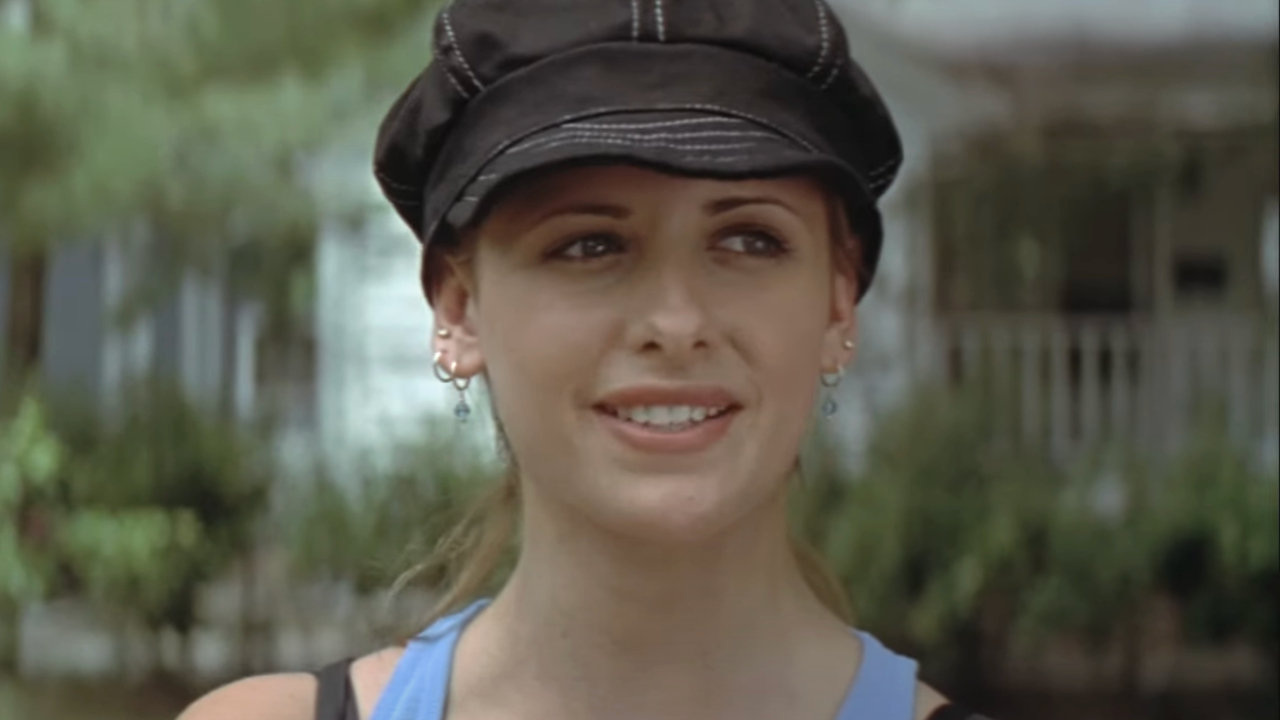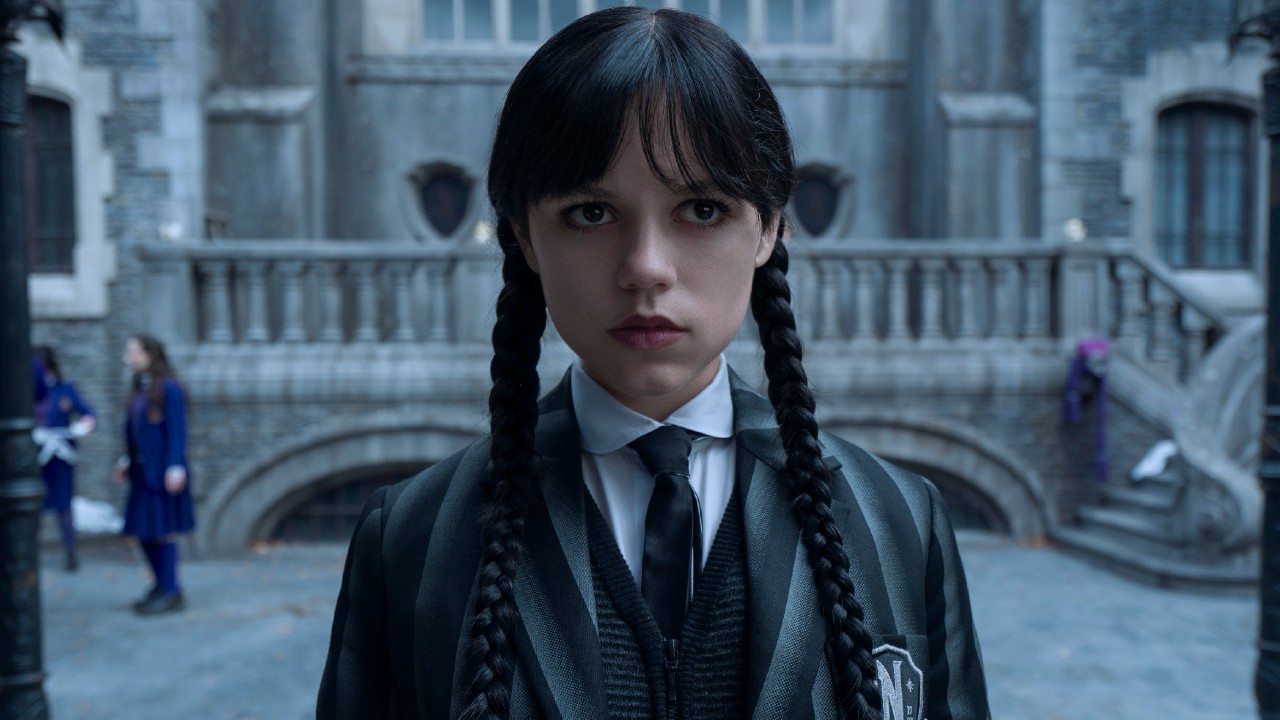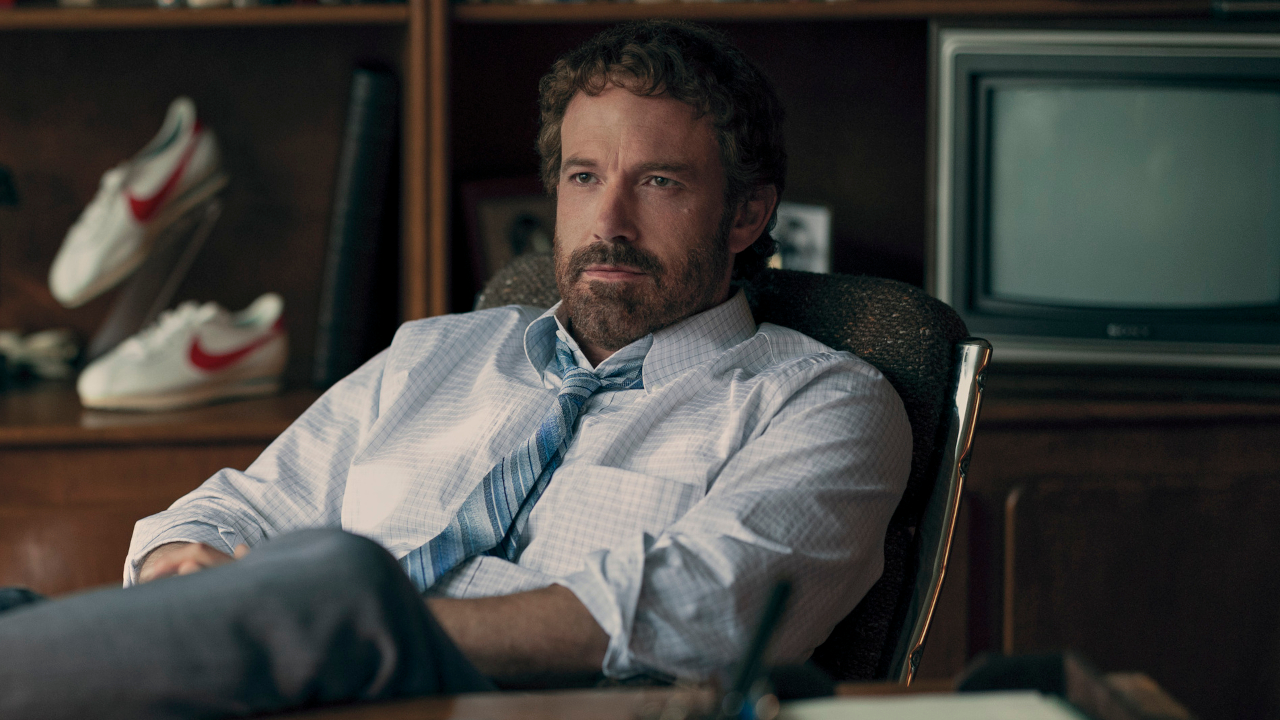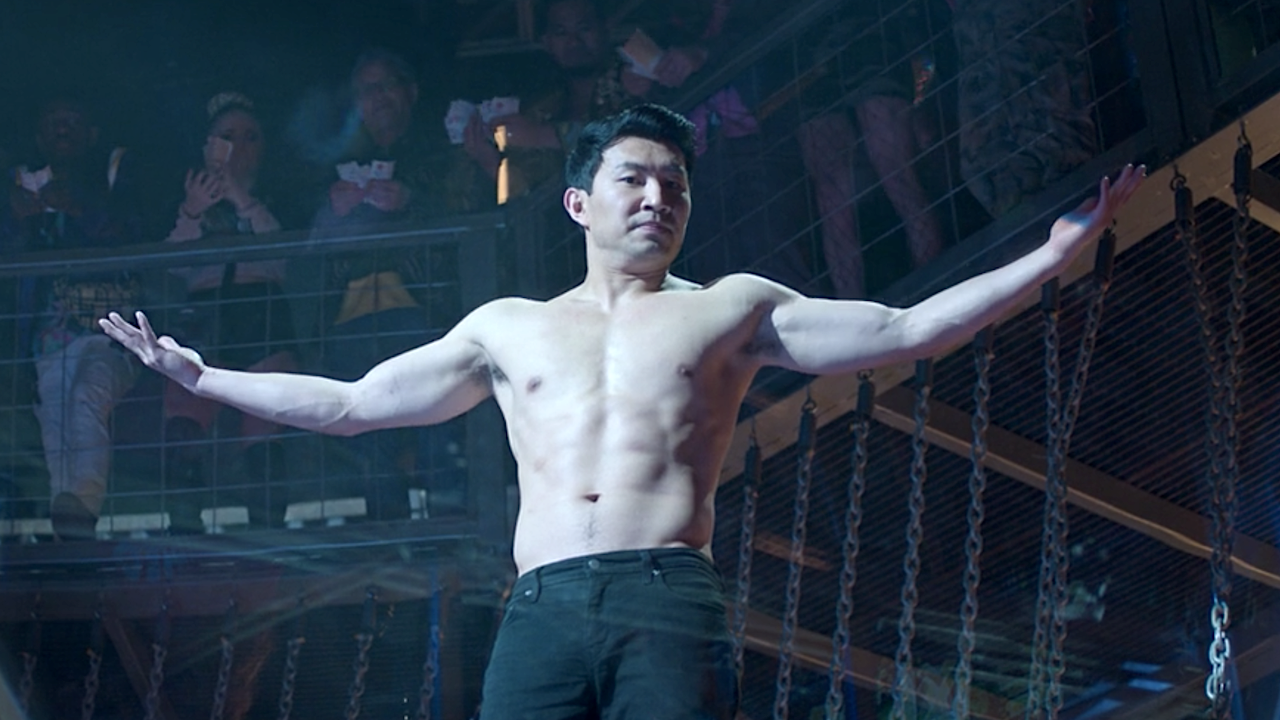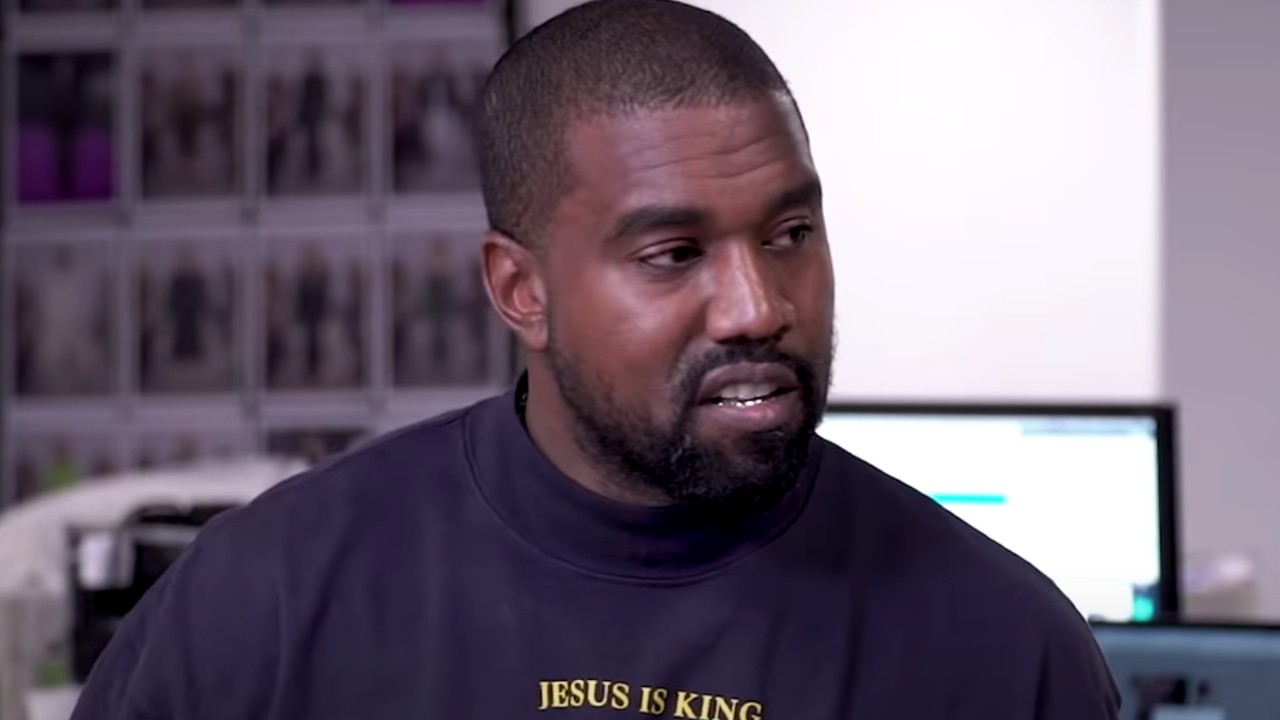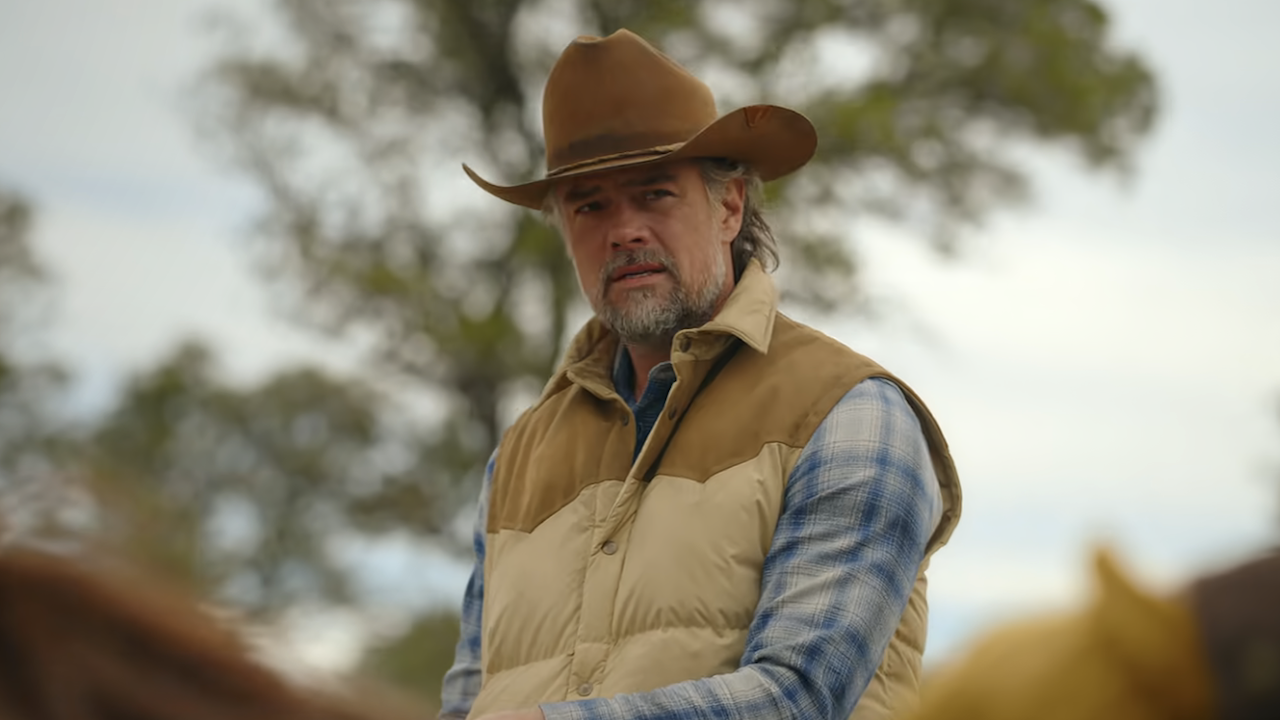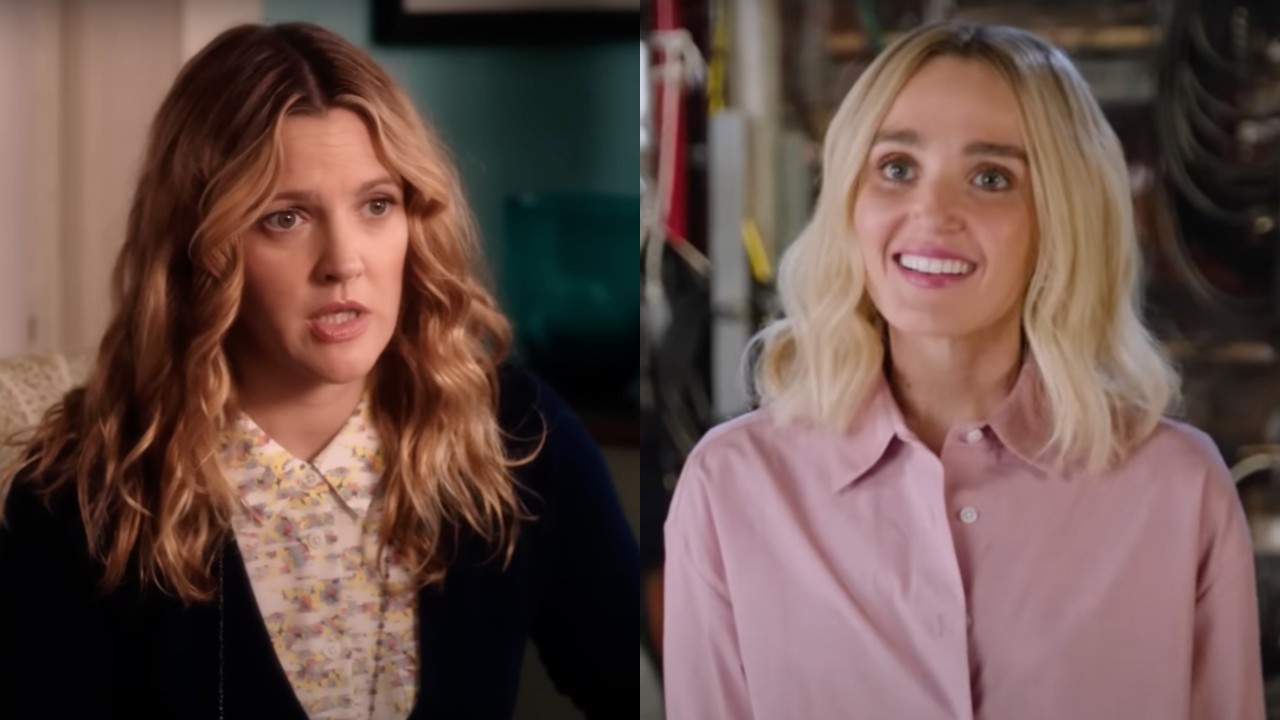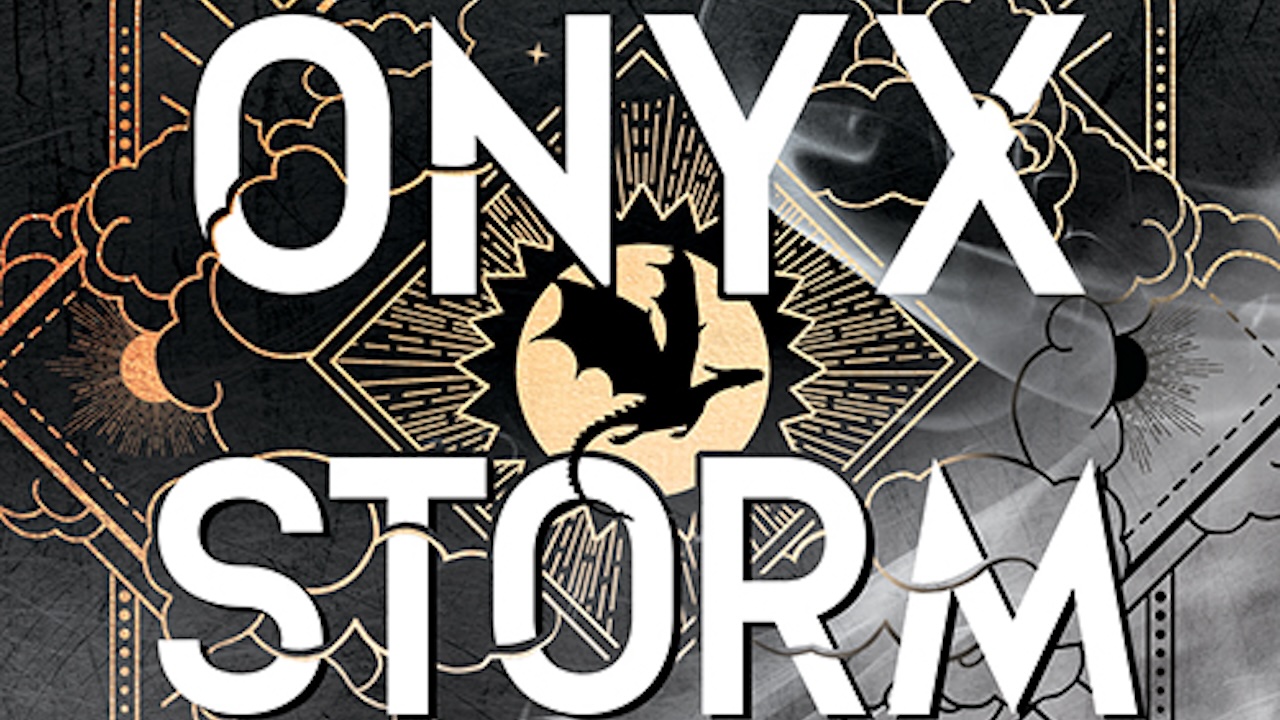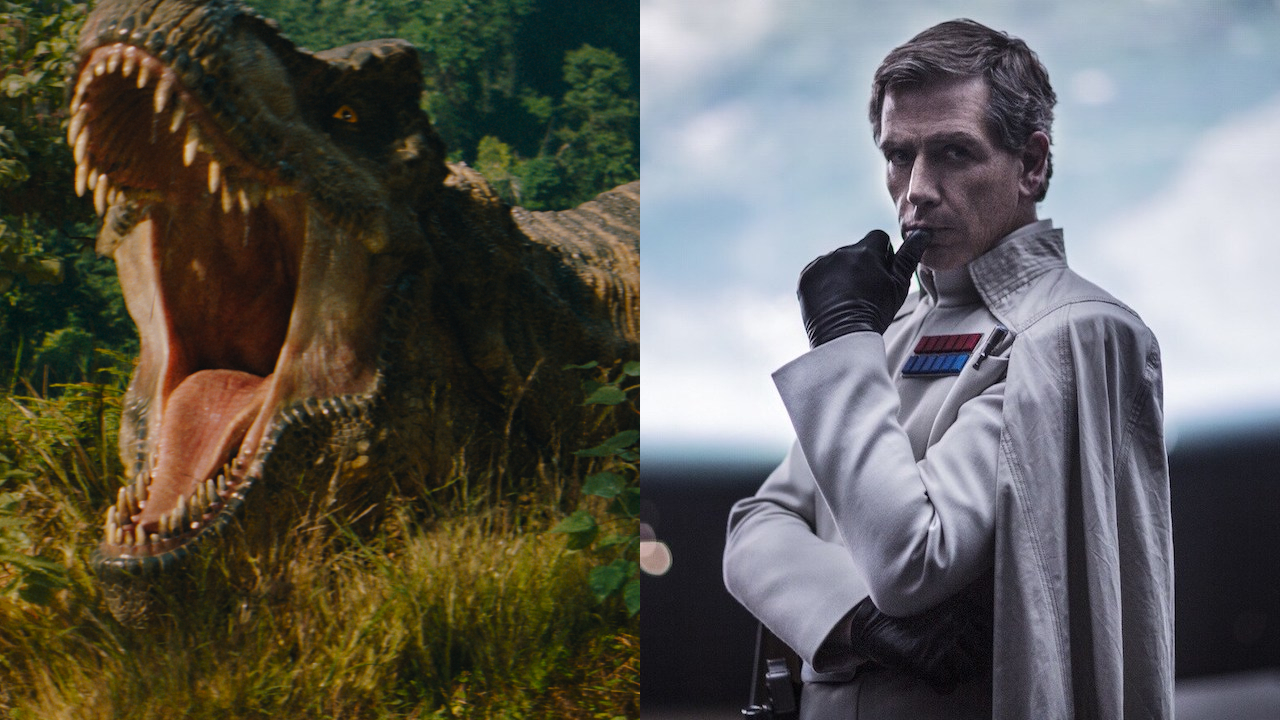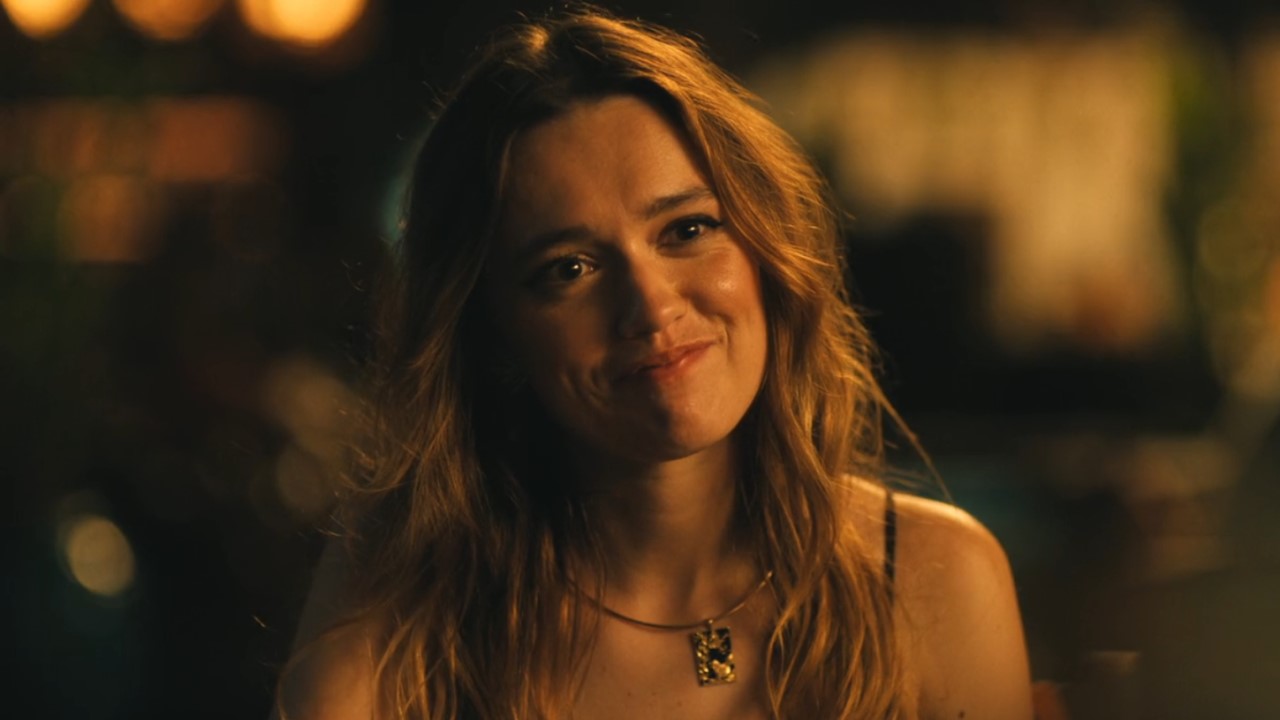The Thing Set Visit Interview: Special Effects Designer Alec Gillis
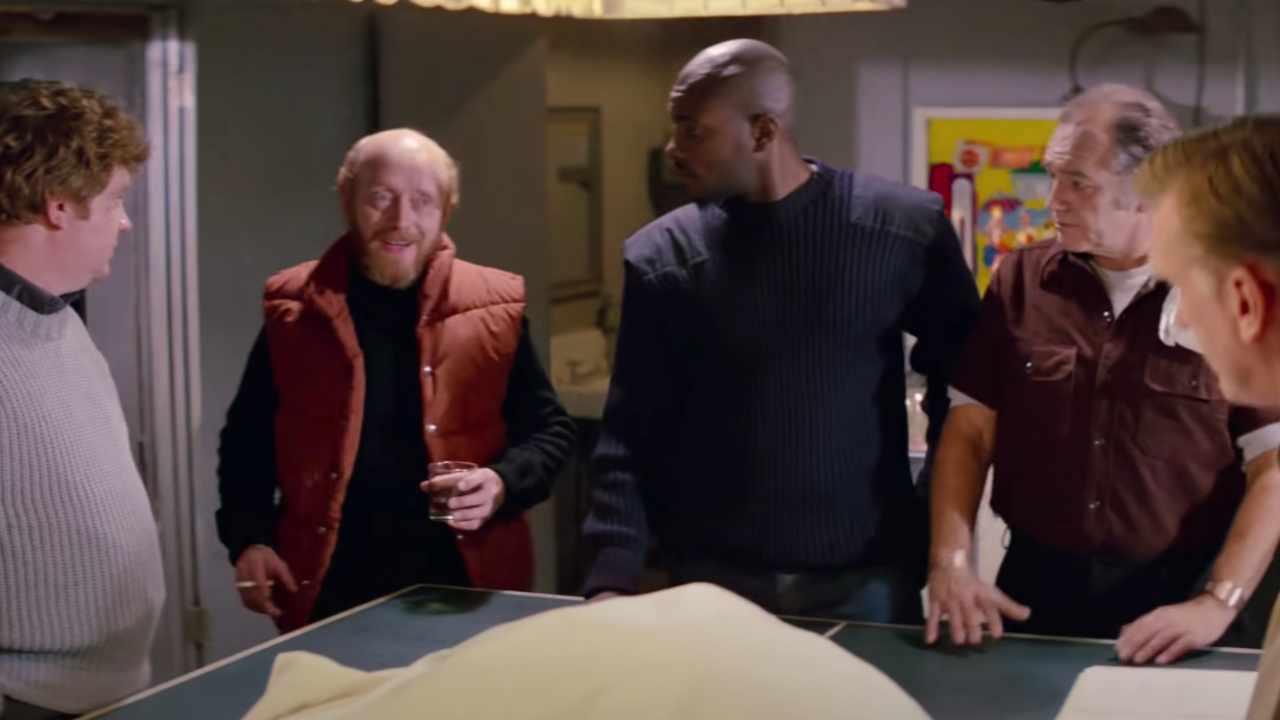
John Carpenter’s The Thing is a true horror classic. Kurt Russell plays a memorable leading role as R.J. MacReady. The paranoia is palpable and the scares are plenty. But what everyone walking away from the film talks about are the special effects. Designed by Rob Bottin, the images of a two fused skeletons, a crawling head and a chest filled with teeth have scared audiences for the better part of the last two decades.
It’s because the effects are so brilliant that fans are so wary about Matthijs van Heijningen Jr.’s prequel. For them, there is no greater nightmare than seeing all of the beautiful practical effects replaced by computer generated images. To male a prequel like that would be nothing short of a crime against the film world. Fortunately, they’ve hired Alec Gillis.
Co-founder of Amalgamated Dynamics, Inc. (better known as ADI), Gillis, along with his team, have provided all of the animatronics for the film and has ensured that everything can be practical in the prequel will be. Speaking with journalists, including myself, in the on-set workshop, Gillis discussed the creature design, the difficulty of creating fresh and inventive designs, and what it’s like to work in Bottin’s massive shadow.
Do we ever get to see the true form of The Thing in this film?
It’s never “the Thing.” I think what’s important is that you never see the true form of this creature. What you see is you see two life forms that are hosts, if you will, that are not human beings. That’s what’s kind of expanding the universe here. We get to design a couple of alien life forms that are presumably evolved biologically on another planet that happen to be infected by the Thing.
Rob Bottin’s work is so worshipped by effects guys on the original. Is it intimidating to carry the torch on that?
Yeah, it’s intimidating as hell. Because you know, in 1982 I remember where I was when I was watching that, I was in college. Bottin is just a couple of years older than me. So I’m sitting there at like 20. He was 22, I think, when he helmed that. And I’m sitting there thinking, “Whoa!” Cause I was just getting into the business. What do I do? What do you have to do to be in this business? Because it was so…it was so…the term ‘groundbreaking’ is always used. But it was so imaginative, you know, beyond even what the technical aspects of it were, the materials used. The concepts were so very imaginative. So one of the things that that film kind of put into perspective for me is you can break ground technically or you can break ground conceptually.
CINEMABLEND NEWSLETTER
Your Daily Blend of Entertainment News
And I think that what we’re hoping to do is we’re hoping to take the updated technology, which is not code for digital, because I know there’s a lot of concern – I share that concern obviously, especially on this film, to not go too digital-heavy because that’s not the language of The Thing. But we’re hoping that conceptually we’ve got something that is something that fits within the lore of the film. It’s almost like if you look at the Howard Hawks version which had, you know, makeup, exclusively makeup, then you look at the Bottin version and it had makeup and animatronics, this one will have the cutting-edge animatronics and the little mini-revolution we’ve had since 1982 in the world of animatronics, plus it’s got the digital to embellish it. I don’t think you can really tell this story without digital because as great as animatronics can be, and as big a believer in them as I am, I think that you still need to open things up a bit with the digital, especially when it comes to transformations. And so once you have the best of both worlds, you’re free to let the audience enjoy the conceptual.
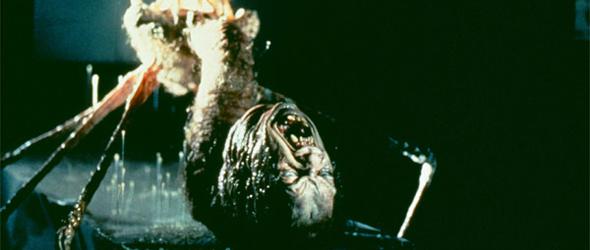
What was the hardest model?
Well, I think probably it’s the [name withheld for spoilers], which I think you guys were staring at over there on the other side. It’s a little beat up right now. But because it’s a human being, that’s always difficult. We’ve done some great human likenesses, but when you’re articulating human likeness, it becomes that much more difficult. And then when you have an entire torso that has to do weird things, you know, neck stretching and so on, that gets into a very dicey realm. So you have to be very careful, and very exacting. I love the creature stuff, but you use a little more slack there.
I think one of the iconic moments for a lot of people is the head that starts walking off. Is there going to be anything like that in this film?
Well, I think that’s the [name withheld for spoilers]. I think what happens to him is kind of an homage to that. But we’re going with the full body. And what’s cool is that that transformation is what lead into this ‘two-face’ guy from the Carpenter version. So I hope that the fans appreciate the loving adherence to the plot points in the first movie, and what’s set up as the story in the Norwegian camp. You’ll get to see why they killed themselves to avoid the Thing. I hope the fans like it.
Is this here a burnt version of what we’re seeing?
Yeah, this is the close—up. A lot of the stuff, what we have the benefit of now, in 1982, we didn’t have the silicone skins then which are translucent and they behave in a much more fleshy way. We didn’t have even servo motors and heads weren’t being used, it was all cable. We’ve opted to use cables as opposed to going into more complex hydraulics because there is an organic feel to a performer pushing and pulling, and that kind of immediate feedback is satisfying. If you can do it – these puppets aren’t so huge that they require massive power like the stuff we did on Starship Troopers or something, so that’s why we’re going with cables.
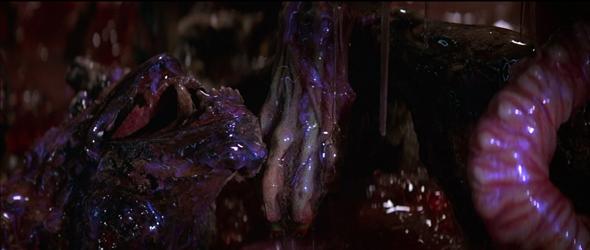
What was your inspiration for the other aliens?
Well, this [alien] pilot and what we’re calling the Heinrich attack alien are the result of a pretty exhaustive design phase where we got to work with Matthias, the director…I miss him. I don’t get to see him as much as I did during that design phase cause he’s so busy. But you know, we were trying to – with the attack alien – the idea started off as the creature in the ice block, you know, what was in the ice block. What would look cool? Well, we started designing a silhouette of just jaggedy, vicious looking shapes. That was while the script was being worked on. And Matthias was liking what he was seeing, and then he or the writer came up with the idea of “Hey, why don’t we take that creature and make it something? It looks so cool, let’s have it out of the ice block, and what would he like then?” And we’re like, “Oh shit, how do we build this thing?” So we kind of designed backwards from that silhouette, and that is in fact a creature suit that Tom Woodruff wears. Tom’s not in today unfortunately, but he’s the other half of ADI and does a lot of the suit performance and the creatures that we’ve done. But… I don’t think you’ll ever be able to tell the creature, as it’s used, that it’s a guy in a suit. Which is fun, if you can really effectively disguise a human being.
Is it challenging to create an alien creature that doesn’t look like all the other alien creatures that have been featured in movies?
Yeah. It’s always…let me tell you, I’ve been doing this since 1980 and it was a lot easier then than it is now. Because now so much has been done – gaming, and movies, and even our own films, you know? I mean, one of the things that we’re really trying to avoid is, does it look like [H.R.] Giger’s alien, or does it look like a Predator, or does it…and there are a lot of beats that you find that you find that you sort of…your brain, your neural paths have been worn down and you start to go that way, and then you [go], ‘no, no.’ But one thing that has helped us avoid that is not only Matthias’ taste, because he was very involved in the design phase as well, but we had a great group of designers that we brought in on this one, so Tom and I are basically art directors and we’ll do thumbnail sketches and we have not only people doing traditional pencil sketching, but also Photoshop artwork and then sculpture. We’re big believers in traditional sculpture. I mean, ZBrush and all of the software, 3-D sculpting software, is great, but it isn’t as informative as clay. So we would work on clay sketches and produce a bunch of those. Even if they weren’t totally detailed, and then we could show them to Matthias, and we would all sit there and change it and move them around, and…you know, we took pictures of them first in case we were making them worse.
Do you think that the effects in this film are taking what worked so well twenty odd years ago and then adapting the technology today to sort of enhance it?
Yeah, a lot of it’s changed in technology. There’s a lot in that movie that still holds up. The articulation of the human faces in that are still enviable by any standards. What we’re trying to do is not come in and arrogantly say, “Ha! We’re going to outdo The Thing!” Because it’s The Thing, it’s the original, you know? And in my book, the first Alien is the best alien, you know? There have been great alien movies, but it’s the first one because it’s the original. And so we’re very respectful of that, but at the same time we have to apply…we can’t be too timid. We can’t say, “Well, what would Bottin do?” Or “How is this going to stack up?” You just have to press forward and bring everything you have to it. And you know, continue the kind of through-line of The Thing.
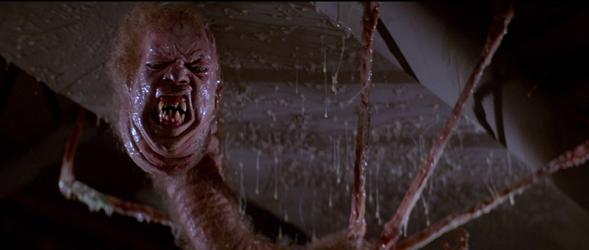
Carpenter’s films seems like it’s creating its own little back-story mystery with the Norwegian camp. Have you guys talked about how this could lead to another prequel, another universe?
Yeah. I think that the focus right now is on this film. [Laughter] However, I’m already going like, “OK, how can we pitch the race of these aliens?” Because you know what, that’s what Ridley Scott’s talking about doing with the Alien prequel. And I like the idea of prequels, because you’re just reaching back deeper into the back-story. But I think if you were to ask anybody – maybe not Eric Newman and Marc Abraham, maybe they have a master plan – but for us, we’re like, “we gotta get through this.” We get threatening emails from fans sent to our website. The things that are said are like, “We don’t think this movie should be re-made. However, we know we can’t stop it, so we implore you to dig deep.” That’s what a lot of them kept saying. ‘Dig deep. I want to be fucking scared! I want to feel like that thing is inside of me!” And then he says, you know, “God bless you.” [Laughter] And then at the end it says, “P.S. no goddamn CGI. Except for landscapes.” So they’re very specific, you know?
What do you think about that? Is that like lighting a fire under you?
Well I mean, yeah. We’re pros, and you know, we go about our daily jobs, and we do this movie, and that movie, and all that stuff. The Thing comes along, and you go, “Oh my God, why wasn’t there a sequel to this movie five years after this was made?” And then you start thinking about all of those implications. And your brain can lock up if you allow yourself to do that. Especially having been in my early professional years when the movie came out, you can really go into a confidence freeze, you know? So you have to kind of go, “Yes, I know it’s The Thing, but we’ve got a job to do, and we’ve gotta tear it up, and we’ve got a schedule to meet,” and…but there’s a big responsibility that goes along with it. But we have full confidence.
Is there any chance that this will be PG-13?
[Laughs] I don’t think so, I hope not.
For full coverage of my set visit, click here to see my report, interviews and more!

Eric Eisenberg is the Assistant Managing Editor at CinemaBlend. After graduating Boston University and earning a bachelor’s degree in journalism, he took a part-time job as a staff writer for CinemaBlend, and after six months was offered the opportunity to move to Los Angeles and take on a newly created West Coast Editor position. Over a decade later, he's continuing to advance his interests and expertise. In addition to conducting filmmaker interviews and contributing to the news and feature content of the site, Eric also oversees the Movie Reviews section, writes the the weekend box office report (published Sundays), and is the site's resident Stephen King expert. He has two King-related columns.
'I Have That Conversation At Least Once A Week': John Larroquette Talks Waiting On Night Court's Renewal, And I Love His Season 4 Ideas
Andor Season 2's Premiere Showed Mon Mothma In A Drunken Dance Sequence, And The Actress Opened Up To Us About This 'Exploration Of Pain And Chaos'
